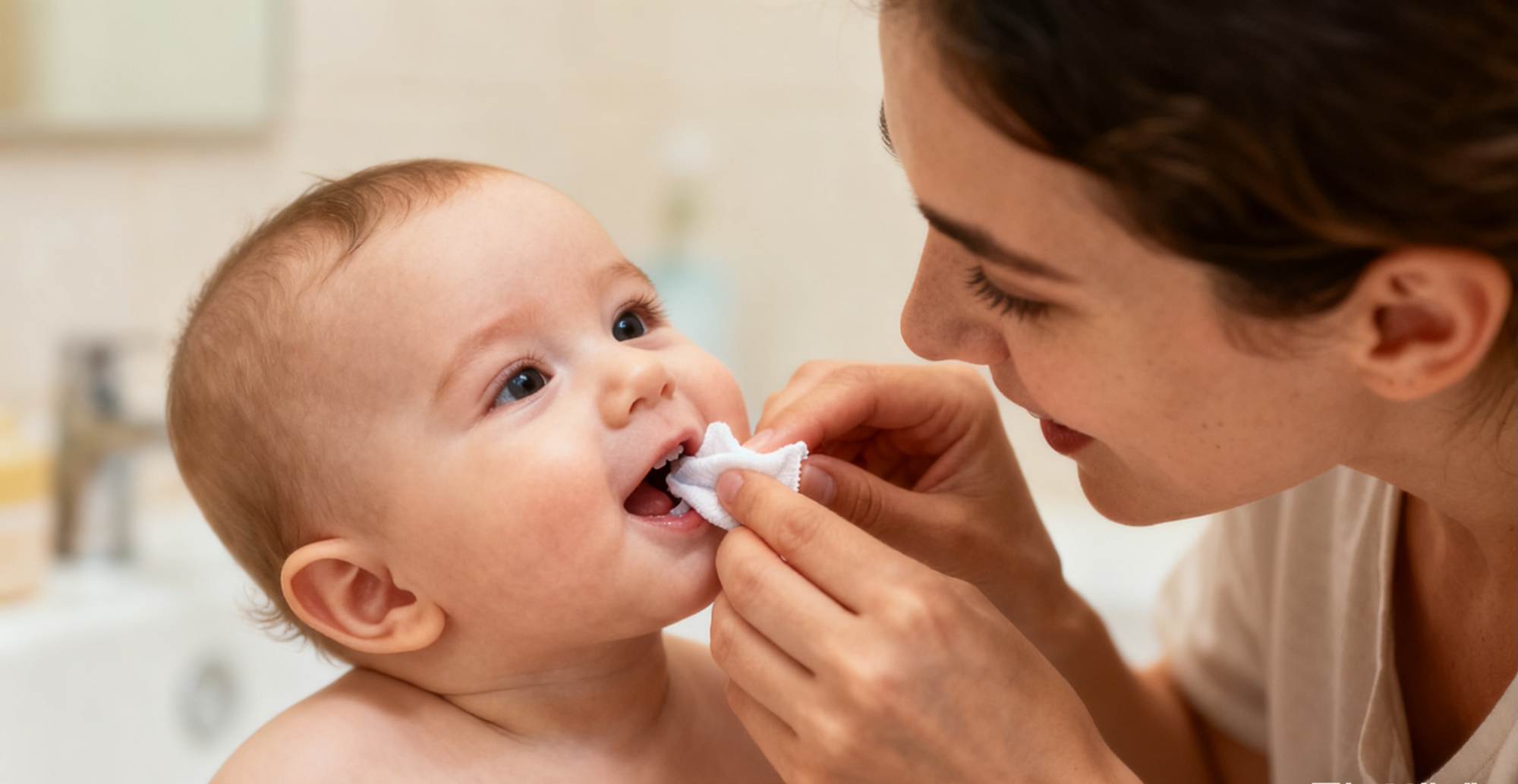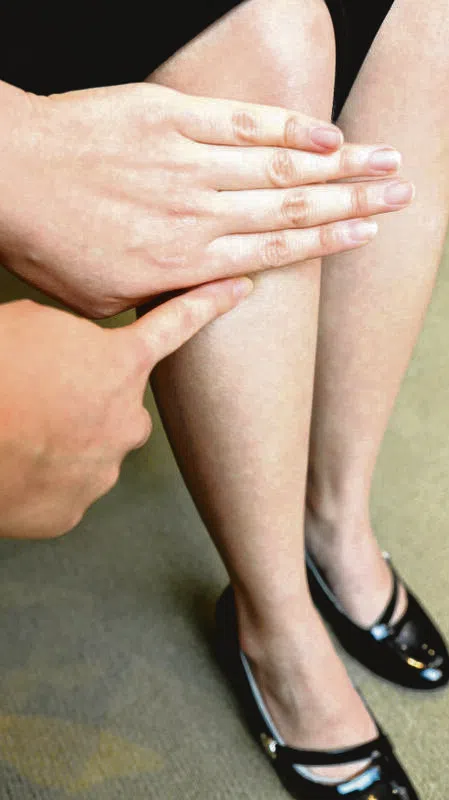Oral health is the foundation of overall health. Have you encountered any common misconceptions about oral health? We hope everyone develops good oral hygiene habits and enjoys beautiful, healthy teeth.
content
1. Do young children not need to brush their teeth?
2. Will children not get cavities if they don't eat sugar?
3. Is it okay for baby teeth to decay, only permanent teeth need attention?
3.1 Affects chewing function
3.2 Affects permanent teeth
3.3 Affects appearance, social life, and psychological well-being
4. Do you not need to see a dentist if your teeth don't hurt?
5. Can dental problems be corrected when they grow up?
I. Children Don't Need Brushing?
Some parents believe that young children, whose teeth are not fully developed and whose diets are not complex, don't need to brush their teeth. This is incorrect. Bacteria are always present in our mouths. If teeth aren't brushed regularly, these bacteria will decompose food, producing acidic substances that can easily lead to cavities over time.
Parents can start brushing their children's teeth from the eruption of their first baby tooth. During infancy, parents can use gauze to help clean their child's teeth; when children are learning to use toothbrushes, parents can teach them in front of a mirror; after children learn to use a toothbrush, they should develop the habit of brushing their teeth at least twice a day for at least two minutes each time.
Indeed, the more sugar children eat, the higher their risk of cavities. However, besides breaking down sugar to produce acid, bacteria in the mouth also break down starches in food to produce acid. Therefore, even if children don't eat sugar, they can still develop cavities.

II. Does not eating sugar prevent cavities?
Children need to understand how to consume sugar scientifically. From a cavity prevention perspective, children should focus on the "frequency of sugar consumption" and the "form of sugar," not just "how much sugar they eat in a day." Studies show that as the frequency of sugar intake increases, the risk of cavities also increases. Simply put, if the same amount of sugar is consumed multiple times, teeth will remain in an acidic environment, increasing the risk of decay. Therefore, it is recommended that children reduce the frequency of sugar consumption, avoid frequent snacking between meals; be wary of liquid sugars, such as beverages and fruit juices, which quickly fill the entire mouth and are easy to overeat; eat less sticky sugars, such as toffee, which increase the time sugar stays on the tooth surface and are difficult to clean; and rinse the mouth promptly after eating sweets.
The World Health Organization recommends limiting daily added sugar intake to less than 10% of total energy intake, and ideally to less than 5%, approximately 25 grams or 6 teaspoons of white sugar—about the equivalent of a few cookies or a small cake—for better health. By controlling the frequency and amount of sugar consumption and strengthening preventative measures, we can enjoy the deliciousness of sugar while protecting our teeth.

III. Is it okay for baby teeth to decay, only permanent teeth need treatment?
Some parents believe that since baby teeth will eventually be replaced by permanent teeth, there's no need to treat decayed baby teeth. This is incorrect. If a child's baby teeth develop cavities, parents must take them for treatment promptly. Beautiful and healthy teeth are crucial for a child's physical and mental development. Specifically, cavities in baby teeth have the following effects:
3.1 Impact on chewing function
If cavities in baby teeth are not treated promptly, they will continue to develop. For example, teeth may become chipped, affecting chewing efficiency. When the cavity progresses further and damages the dental nerve, the child will experience red, swollen, and painful gums.
3.2 Impact on Permanent Teeth
When tooth decay progresses to the dental nerve, the nerve becomes inflamed and then necrotic. This eventually leads to inflammation of the bone surrounding the tooth root, affecting the developing permanent teeth and causing varying degrees of structural defects. Mild cases present as punctate defects with discoloration, moderate cases as band-like defects, and more severe cases result in overall tooth structural abnormalities, resembling a honeycomb or mulberry shape. Furthermore, it can cause abnormal eruption of the succeeding permanent teeth, affecting the establishment of a normal occlusion.
3.3 Impact on Aesthetics, Social Life, and Psychological Well-being
Tooth decay causes teeth to turn black or yellow and develop deformities. When a child's teeth differ from others, they may be hesitant to smile. If teased, they may feel inferior, reluctant to socialize, and this is detrimental to their mental health and social development.

IV. Does Not Having a Toothache Mean You Don't Need to See a Dentist?
The mere thought of going to the dentist—the buzzing sound of the drill and the pain—involve anxiety and fear. However, it's incorrect to avoid seeing a dentist if your teeth don't hurt.
Many oral diseases are asymptomatic in their early stages. For example, children don't feel anything unusual in the early stages of tooth decay (superficial and moderate). When the decay is deep or reaches the nerve, the child will feel pain. At this point, treatment may not be as simple as a filling; it may require more complex and painful root canal treatment – the saying "a small hole left untreated will become a big problem."
Prevention is better than cure. Just as we need regular checkups to maintain overall health, our teeth also need regular protection – cleaning tartar to maintain oral health; improving resistance to cavities through fluoride varnish and fissure sealants; and detecting early dental problems through checkups.
Therefore, even if your teeth don't hurt, regular dental checkups are essential for maintaining dental health.
V. Should dental problems be corrected later in life?
Orthodontic treatment not only relates to tooth alignment but also to jawbone development and the establishment of occlusal function. Orthodontic treatment can be performed during the primary dentition period (3-5 years old) and the mixed dentition period (6-13 years old).
During the primary dentition stage, if parents notice an underbite (protruding chin) in their child, they should take them to a pediatric dental clinic and orthodontic clinic for intervention as soon as possible. Otherwise, the underbite is likely to worsen as the child grows.
During the mixed dentition stage, parents need to pay attention to whether their child has a small chin, crowded teeth, or a deep bite. If any of these issues are found, they should seek medical attention promptly. If parents are unsure, it is recommended to take their child to an orthodontist after the six-year molars and incisors begin to erupt to determine if intervention is needed during the early stages of jawbone growth and development.

For permanent dentition correction, intervention is generally best done after all permanent teeth have erupted, usually around 12-13 years old. After a child reaches adulthood, jawbone development is largely complete, making orthodontic treatment at this stage more difficult and complex in terms of tooth alignment and facial profile. Parents are advised to seek medical attention as soon as they notice any dental problems in their child to avoid missing the golden intervention period.













